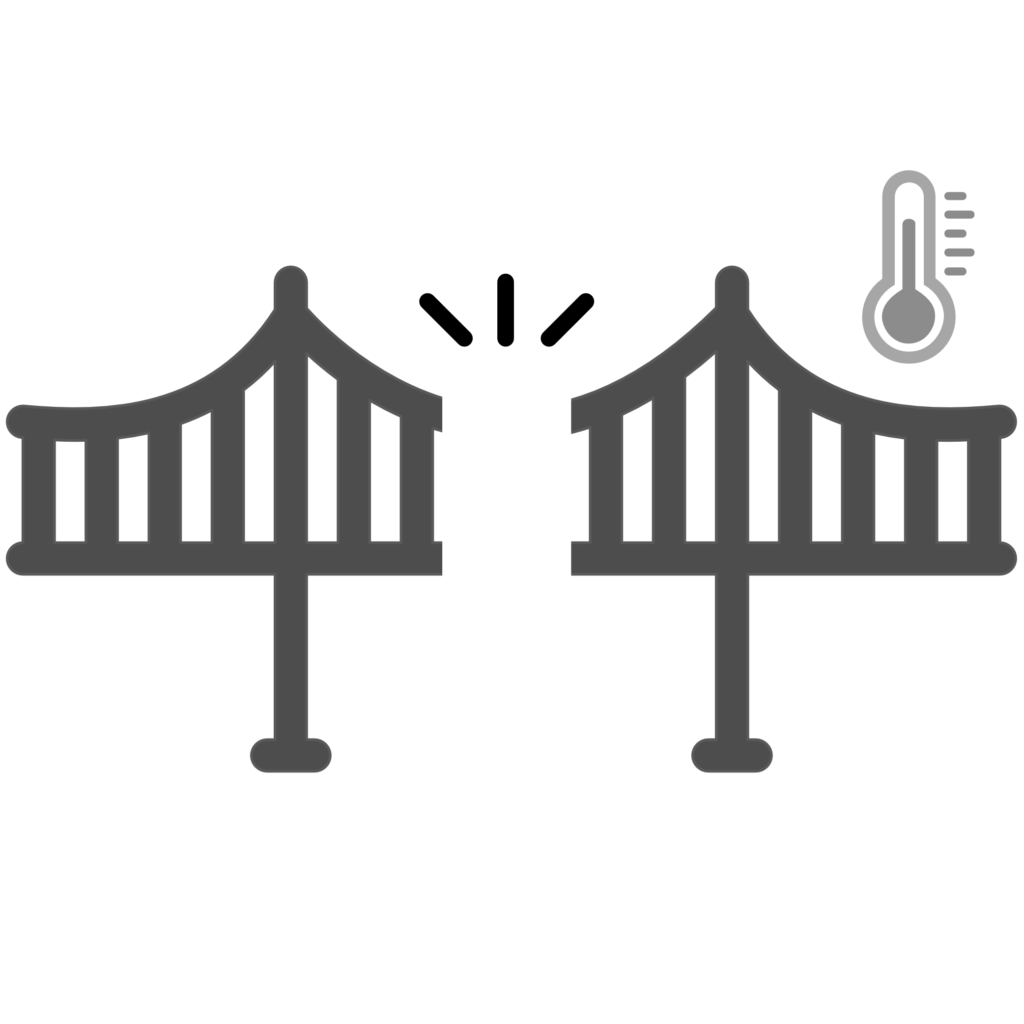
Architects need to understand the concept of thermal bridges in building assemblies. These bridges create pathways for heat to transfer between the exterior and interior of buildings, potentially leading to condensation, moisture build-up, and long-term structural damage. This blog post focuses on thermal bridges, their impact on building performance, and the importance of minimizing their presence. By working closely with product manufacturers and implementing effective solutions, architects can design energy-efficient buildings with reduced thermal bridging, ensuring optimal performance and longevity.
Thermal bridges are areas within the building envelope where heat flow or transfer differs from adjacent areas. Heat always seeks the path of least resistance, commonly through conduction. Depending on the climate zone, the direction of heat transfer can vary. If beyond thermal loss, thermal bridging can cause materials which pass through the thermal envelope to drop below the dewpoint temperature of interior air resulting in condensation and moisture build-up forms on inside the building assembly, over time, mold will form, causing damage.
When we design energy-efficient buildings with minimal thermal bridging, our building assemblies are less prone to these problems.
There are two distinct types of thermal bridging: linear and point thermal bridges. Linear thermal bridges include projecting balcony slabs, conventional relieving angles, and flashing. Point thermal bridges are single penetrations in the thermal envelope of the building. Examples of point thermal bridges include masonry ties, penetrations by MEP systems, non-thermally broken structural penetrations, and insulation fasteners.
Thermal bridges compromise the energy efficiency and performance of buildings. They result in temperature variations, condensation, and potential moisture-related problems. By identifying and addressing thermal bridges, architects can enhance the thermal performance of building assemblies and ensure occupant comfort and well-being.
Design TOgether with your product manufacturers and your building envelope consultant to understand the potential thermal bridging in your building assembly. It is best practice to design systems and use products that eliminate thermal bridging entirely.
Understanding thermal bridges in building assemblies is critical for architects seeking to design energy-efficient and high-performing structures. By identifying and addressing thermal bridging issues, architects can minimize the risk of condensation, mold formation, and structural damage. Collaborating with product manufacturers to select appropriate thermal protection solutions ensures that building assemblies are optimized for superior performance.
Ready to streamline your detailing into your design?
Discover how D.TO enhances your daily design workflows on D.TO’s key features page, or schedule a demo to explore them in more detail!!
